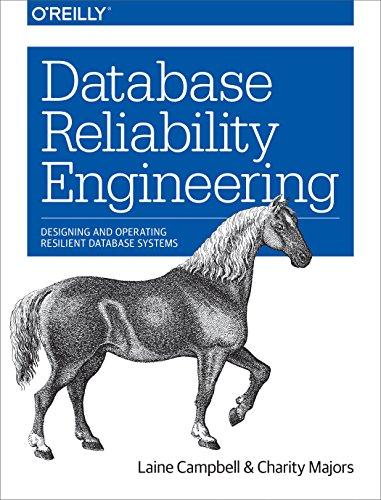A homomorphism is a function f : from one alphabet to strings over another alphabet. We can extend f to operate on strings by defining
A homomorphism is a function f : from one alphabet to strings over another alphabet. We can extend f to operate on strings by defining f(w) = f(w1)f(w2) f(wn), where w = w1w2 wn and each wi . We further extend f to operate on languages by defining f(A) = {f(w)| w A}, for any language A.
a. Show, by giving a formal construction, that the class of regular languages is closed under homomorphism. In other words, given a DFA M that recognizes B and a homomorphism f, construct a finite automaton M that recognizes f(B). Consider the machine M that you constructed. Is it a DFA in every case?
b. Show, by giving an example, that the class of non-regular languages is not closed under homomorphism.

Step by Step Solution
There are 3 Steps involved in it
Step: 1

See step-by-step solutions with expert insights and AI powered tools for academic success
Step: 2

Step: 3

Ace Your Homework with AI
Get the answers you need in no time with our AI-driven, step-by-step assistance
Get Started


